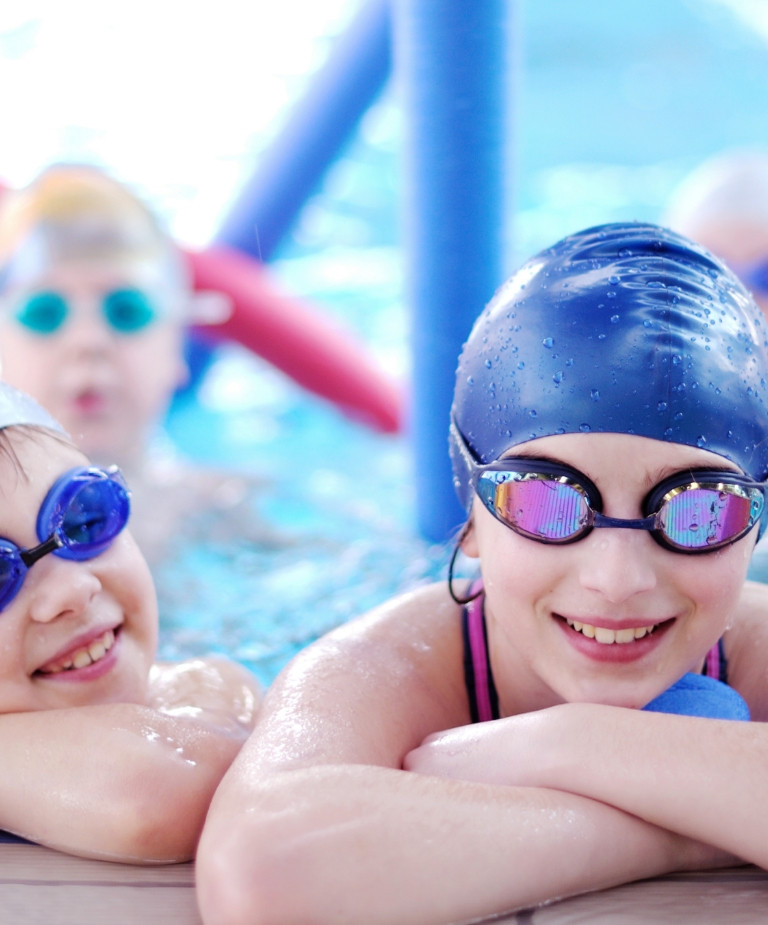Menu
-
MenuBack
-
OCEDIS Group
-
-
Eco-responsible swimming pool
-
-
Products for family pools
-
-
Products for public pools
-
-
-
-
-
-
-
-
-
-
-
-
-
-
Expert suggestions
-
-
-
-
-
-
Our services
-














